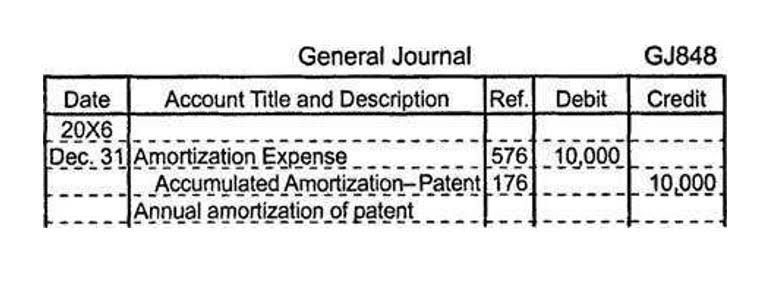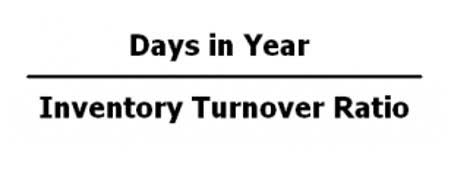Bookkeeping
Bookkeeping Basics for Small Business Owners: Everything You Need to Start Doing Your Own Bookkeeping Bench Accounting

Look for important features to your https://www.bookstime.com/ business, such as invoicing, expense tracking, bank reconciliation, and financial reporting. Choose software that is intuitive and easy to use, with good customer support and resources for learning. Don’t forget to check if the software integrates with other tools you use. Accounting, on the other hand, takes the information provided by bookkeeping and analyzes it to provide insights and reports. Accountants interpret, classify, analyze, report, and summarize financial data.

Understanding Assets, Liabilities, and Equity When Balancing the Books

Determine a total figure, then break it down and assign amounts to the categories listed in the previous section. In the first year or two of business, these numbers will likely need to change a lot. But establishing a budget accounting services for individuals at the outset gives you a great place to start, informs your staff of spending limits, and allows you to better plan for the future.
QuickBooks
At tax time, the burden is on you to show the validity of all of your expenses, so keeping supporting documents for your financial data like receipts and records is crucial. The way you categorize transactions will depend on your business and industry. Generally speaking, your transactions fall into five account types—assets, liabilities, equity, revenue, and expenses. Individual line items are then broken down into subcategories called accounts.
The first seven steps of a bookkeeping process
- From balance sheets to income statements, there’s no denying that there are new terms and phrases you’ll come across.
- If you’re going to be doing your own bookkeeping, it’s worth talking to a pro when you set up your system to make sure the accounts you create align with your industry standards and CPA expectations.
- This would then accurately reflect the fact that while you paid the full amount upfront, from an accounting perspective, you didn’t “use” it all up at once.
- Other elements are completed at certain time periods as necessary to complete a business task.
- For full-time bookkeepers, the average annual salary sits around $77,000, according to Glassdoor.
- Bookkeeping, like accounting, is one of the necessary evils of running a business.
This way, your books remain Certified Public Accountant balanced while accurately reflecting both the new asset and the corresponding debt. However, there are some limitations to relying on Excel for maintaining your financial records. Since Excel can be operated locally, without the need to sync with a cloud-based app, this allows you to secure and control who gets access to your financial data.
- If your business is a side project with a limited budget, you can probably get by going the DIY route.
- Finally, subtract your total expenses from your total revenue to get your bottom line.
- Try setting aside and scheduling a ‘bookkeeping day’ once a month to stay on top of your financials.
- However, if you don’t have a lot of bookkeeping experience (or don’t have time to learn), they could stress you out more than they help you.
- Categorizing expenses will help keep your company organized for budgeting purposes and total the expenses you can write off at tax time.
Step 5: Review your financial statements

Bookkeeping beginners need quick wins to get started quickly and efficiently. The tips below are industry standards that will help any small business excel at bookkeeping. Let’s use the cash flow coverage ratio as an example, which will tell you if you have enough cash to pay off debts in the short term and the long term. To calculate the Cash Flow Coverage Ratio, divide Net Cash Flow from Operations by Total Debt. You can further analyze your balance sheet and get insight into your business using financial ratios. For example, a loan would go under liabilities since you’ll have to pay it back later.

